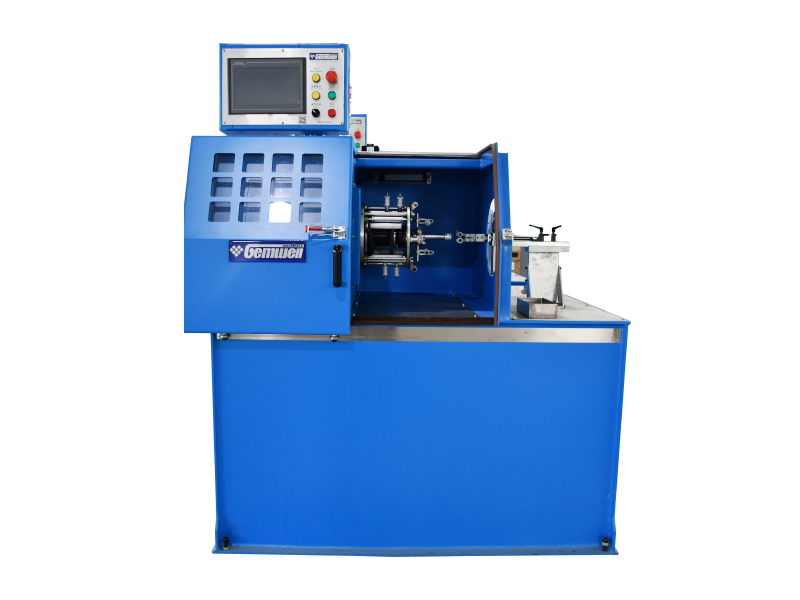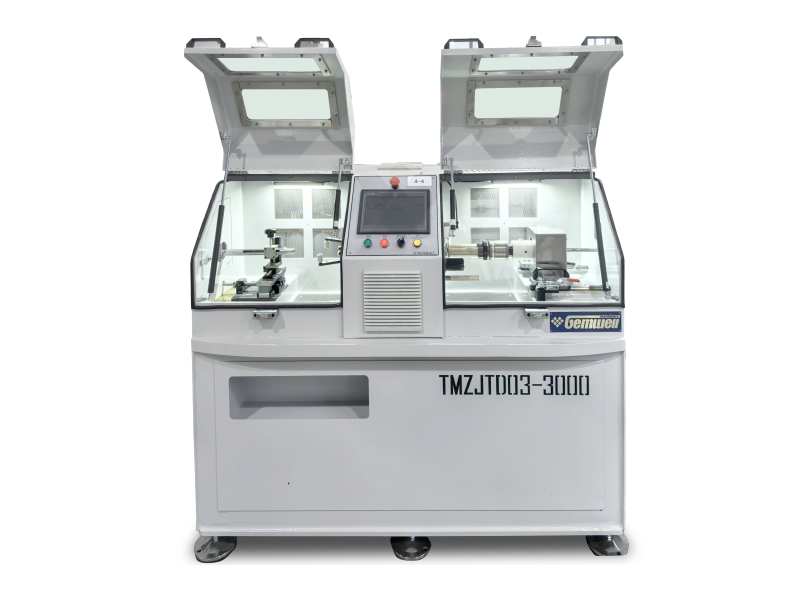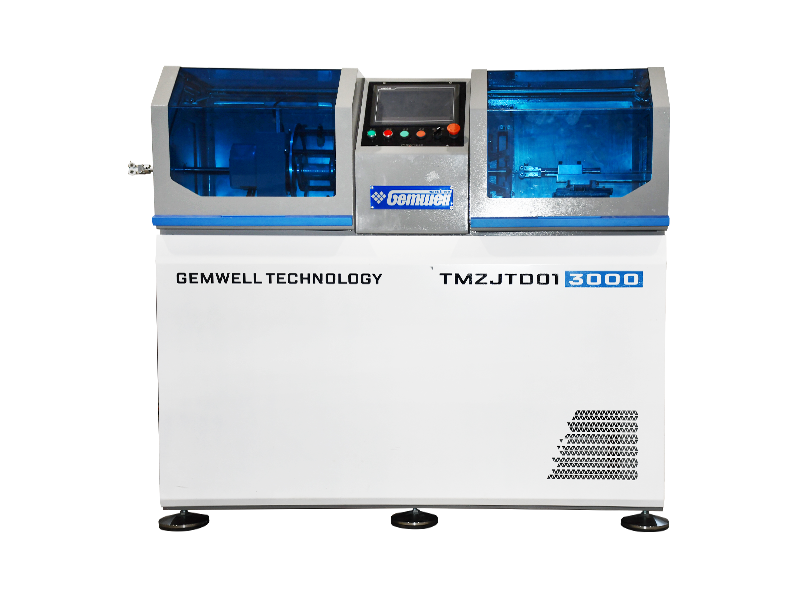1. Introduction to Wire Taping Machines
Wire taping machines are specialized equipment used for applying adhesive tape to wire harnesses, cables, and other electrical components. These machines are widely used in industries such as automotive, aerospace, electronics, and manufacturing. The primary function of these machines is to ensure that wires are properly insulated, protected, and organized.
Key Applications
- Automotive Industry: Used for wiring harnesses in vehicles.
- Aerospace: For wiring in aircraft and spacecraft.
- Electronics: For wire harnesses in consumer electronics.
- Industrial Automation: For industrial control systems.
Why Use a Wire Taping Machine?
- Efficiency: Automates the taping process, reducing manual labor.
- Quality Control: Ensures consistent and precise taping.
- Cost-Effectiveness: Reduces material waste and improves production efficiency.
2. Types of Wire Taping Machines
| Type of Machine |
Application |
Key Features |
| Automatic Wire Taping Machine |
High-precision taping for automotive, electronics, and industrial applications |
Servo motors, touch screen, precision winding, adjustable speed |
| Wire Harness & Cable Taping Machines |
Insulation, protection, and binding of wire harnesses and cables |
Customizable for various materials and applications |
| Flexible Taping Machine (FTM) |
Point and continuous taping for insulation and bundling |
Compact design, multiple taping methods, high-speed operation |
| General-Purpose Taping Machines (BM Series) |
Used in cable and electrical industries |
Robust construction, easy to use, supports various insulation materials |
| Concentric Taping Machine |
Used for copper, aluminum, and other non-metallic tapes |
HMI+PLC control, tension control, independent drive systems |
| Vertical and Splitable Cable Taping Machines |
Space-saving and flexible production lines |
Modular design, vertical layout options |
3. Technical Specifications and Features
Key Technical Specifications
- Wire Diameter: Range of wire diameters supported (e.g., 1-10mm, 3-40mm).
- Tape Width: Adjustable tape width (e.g., 5-15mm, 10-25mm).
- Tape Material: Compatibility with various tapes (e.g., PVC, acetate, cloth).
- Power Supply: AC/DC, voltage, and power requirements.
- Dimensions and Weight: Machine size and weight for portability.
| Parameter |
Range/Value |
Notes |
| Wire Diameter |
1-10mm (customizable) |
Adjustable |
| Tape Width |
5-15mm (customizable) |
Adjustable |
| Power Supply |
AC 220V/50Hz |
Standard |
| Weight |
1.8 kg (handheld) |
Portable |
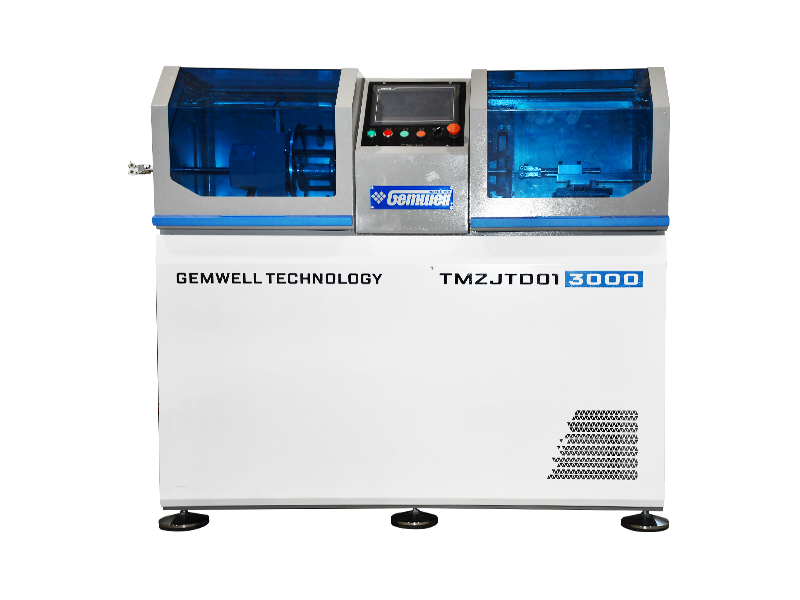
Advanced Features
- Digital Control: Touch screen interfaces for precise control.
- Servo Motors: For precise and smooth operation.
- Closed-Loop Systems: For accurate positioning and winding.
- Automatic Functions: Auto-winding, auto-cutting, and auto-stop.
4. Applications and Use Cases
1. Automotive Industry
- Wiring Harnesses: Used in vehicles for engine, electrical systems, and safety features.
- Quality Control: Ensures proper insulation and protection of wires.
2. Aerospace Industry
- Aircraft Wiring: Used in aircraft for navigation, communication, and control systems.
- Reliability: Ensures high reliability and safety.
3. Electronics Industry
- Consumer Electronics: Used in smartphones, laptops, and other devices.
- Miniaturization: Compact machines for small-scale production.
4. Industrial Automation
- Industrial Control Systems: Used in factories and industrial equipment.
- Efficiency: Improves production efficiency and reduces downtime.
| Industry |
Market Share |
Growth Rate |
| Automotive |
40% |
5% |
| Aerospace |
20% |
7% |
| Electronics |
25% |
8% |
| Industrial |
15% |
6% |
5. Buyer’s Guide: How to Choose the Right Machine
| Factor |
Considerations |
| Application Needs |
The machine should be tailored to the specific application, such as wire harness taping, cable insulation, or industrial production. |
| Technical Specifications |
Consider the machine's capabilities, such as tape width, speed, and precision. For example, machines can handle tape widths from 20mm to 150mm and wire diameters from 1-30mm. |
| Customization Options |
Look for machines that offer customization, such as adjustable speed, tape length, and winding laps. |
| Reliability and Maintenance |
Consider the machine's durability, ease of maintenance, and warranty. Regular maintenance is recommended to ensure longevity. |
| Cost and ROI |
Evaluate the initial investment and total cost of ownership, including spare parts and after-sales service. |
| Automation and Features |
Consider features like automated operation, digital control, and precision control for improved efficiency. |
6. Advanced Features and Technical Details
6.1 Advanced Control Systems
Modern wire taping machines often feature advanced control systems that enhance precision and efficiency. These systems include:
- Digital Control Panels: Touchscreen interfaces with programmable settings for speed, tape width, and winding length.
- Servo Motors: High-precision motors for smooth and accurate movement.
- Closed-Loop Systems: Feedback mechanisms to ensure accurate positioning and winding.
- Auto-Functions: Auto-winding, auto-cutting, and auto-stop features to reduce manual intervention.
6.2 Compatibility and Integration
- Compatibility with Different Tapes: Machines can be adapted to work with various tape materials (e.g., PVC, acetate, cloth, or specialized industrial tapes).
- Integration with Other Equipment: Some machines can be integrated with other production equipment, such as wire strippers, cutters, or bundlers.
6.3 Safety and Reliability
- Safety Features: Emergency stop buttons, overload protection, and safety guards to prevent accidents.
- Reliability: Durable construction with high-quality components to ensure long-term performance.
7. Case Studies and Real-World Examples
7.1 Case Study: Automotive Industry
- Company: A leading automotive manufacturer.
- Challenge: High demand for wiring harnesses with consistent quality.
- Solution: Implementation of a high-capacity wire taping machine with automated features.
- Outcome: Improved production efficiency, reduced errors, and higher customer satisfaction.
7.2 Case Study: Aerospace Industry
- Company: A aerospace manufacturer.
- Challenge: Need for high-reliability wiring in aircraft.
- Solution: Use of a precision wire taping machine with advanced control systems.
- Outcome: Enhanced reliability and safety in aircraft systems.
8. Environmental and Safety Considerations
8.1 Environmental Impact
- Energy Efficiency: Modern wire taping machines are designed to be energy-efficient, reducing the carbon footprint of manufacturing processes.
- Recyclable Materials: Use of recyclable and sustainable materials in the manufacturing of machines and components.
- Waste Reduction: Machines help reduce waste by ensuring precise and efficient use of materials.

8.2 Safety Standards
- Compliance with Standards: Machines must comply with international safety standards (e.g., ISO, CE, UL).
- Operator Safety: Features such as emergency stops, safety guards, and ergonomic design to prevent accidents.
9. Global Market and Regional Trends
9.1 Global Market Growth
- Rapid Growth in Asia-Pacific: Countries like China, Japan, and South Korea are major producers and consumers of wire taping machines.
- Emerging Markets: Growth in regions like India, Southeast Asia, and Latin America.
- North America and Europe: Mature markets with high demand for advanced and automated solutions.
9.2 Regional Differences
- Asia-Pacific: Focus on cost-effective and high-capacity machines.
- North America and Europe: Focus on high-precision and automated solutions.
- Latin America and Africa: Growing demand for basic and mid-range machines.
10. How to Maintainance the Wire Taping Machines
| Factor |
Considerations |
| Regular Cleaning |
Regularly clean the machine to remove any residue or product that may impair its functioning . |
| Lubrication |
Lubricate the moving components to ensure smooth operation and prevent wear and tear . |
| Inspection and Maintenance |
Regularly inspect the machine for signs of wear or damage and address any issues promptly . |
| Proper Storage |
Store the machine in a clean, dry, and cool environment to prevent rust and damage . |
| Documentation |
Maintain records of maintenance activities, including inspections and repairs . |
11. Common Issues and Solutions of Wire Taping Machines
| Problem |
Solution |
| Tap Breakage |
Use spiral flute taps, reduce cutting load, decrease speed, avoid collision with the bottom of the hole |
| Tap Thread Chipping |
Use coated taps, longer chamfer lengths, avoid high cutting speed, use coolant |
| Welding on the Tap |
Ensure sufficient coolant flow, manage cutting speed, use coated taps |
| Quality Issues in Taping |
Adjust mechanical and electrical features, diagnose issues through electrical circuits |
| Incorrect Wire Preparation |
Select correct wire, cut to correct length, strip ends properly |
| Improper Layout |
Use form boards to identify missing or misplaced wires |
| Inadequate Labeling |
Produce sample labels alongside work orders |
12. Advanced Features of Modern Wire Taping Machines
12.1 Precision Control Systems
- Touchscreen Interface: Modern machines often feature touchscreens for easy operation and parameter adjustment.
- Automated Winding: Some models include automated winding systems that can adjust tape application based on wire diameter and speed.
- Sensors and Feedback Systems: Sensors can detect wire position and adjust tape application accordingly.
12.2 Customizable Settings
- Tape Width Adjustment: Adjustable tape width to suit different wire sizes and applications.
- Speed Control: Variable speed settings to match production line speeds.
- Winding Patterns: Options for different winding patterns (e.g., single, double, or spiral).
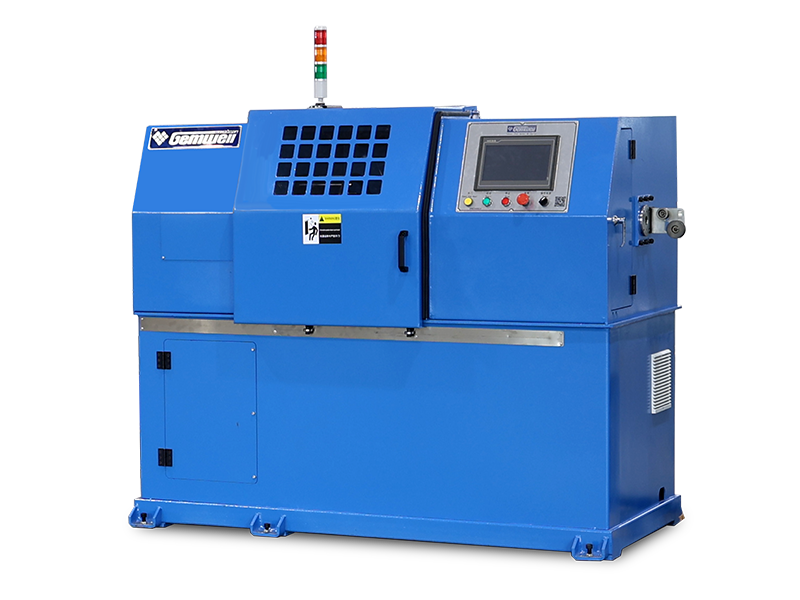
12.3 Safety Features
- Emergency Stop Buttons: For quick shutdown in case of malfunction.
- Overload Protection: Prevents damage from excessive force or load.
- Safety Guards: Physical barriers to prevent accidental contact with moving parts.
13. Environmental and Safety Considerations
13.1 Environmental Impact
- Energy Efficiency: Look for machines with energy-saving features.
- Material Use: Consider machines made from recyclable or sustainable materials.
13.2 Workplace Safety
- Operator Safety: Ensure machines have safety guards and emergency stops.
- Training: Proper training for operators to prevent accidents.
14. Advanced Technical Specifications and Features
14.1 Touchscreen and Interface Design
- User-Friendly Interface: Modern machines often feature intuitive touchscreens with easy-to-navigate menus.
- Parameter Adjustment: Users can adjust settings such as tape width, speed, and winding patterns with a few clicks.
- Data Logging: Some machines can log operational data for quality control and troubleshooting.
14.2 Sensor and Feedback Systems
- Wire Position Detection: Sensors can detect the position of the wire and adjust the taping accordingly.
- Tape Application Monitoring: Sensors can monitor the quality of the tape application and alert operators if issues arise.
14.3 Automation and Integration
- Automated Winding: Some machines can automatically adjust the winding process based on the wire’s diameter and speed.
- Integration with Other Equipment: Some machines can be integrated with other production equipment for a fully automated workflow.
15. User-Friendly Features and Ease of Use
15.1 Ease of Operation
- Intuitive Interface: User-friendly control panels with clear instructions and visual feedback.
- Simple Setup: Quick and easy setup process, even for non-technical users.
- Training and Support: Comprehensive training materials and support available for operators.
15.2 Maintenance and Service
- Easy Maintenance: Modular design for easy access to components for maintenance.
- Quick Replacement: Spare parts readily available for quick repairs.
- Remote Support: Technical support available via phone, email, or online chat.
16. Regulatory and Compliance Issues of Wire Taping Machines
| Regulatory Area |
Key Considerations |
| Electrical Safety |
Compliance with standards such as UL60950-1 (USA), EN60950-1 (Europe), and GB4943-2001 (China) for electrical safety and electromagnetic compatibility (EMC) . |
| Electromagnetic Compatibility (EMC) |
Adherence to standards such as FCC15B Class B (USA), EN55022/EN55024 (Europe), and GB9254-1998 (China) for electromagnetic interference and immunity . |
| Product Safety |
Compliance with regulations such as the CE marking for products sold in the European Union, and other regional safety standards . |
| Environmental Regulations |
Compliance with environmental standards such as those related to hazardous materials and waste disposal, as well as energy efficiency requirements . |
| Industry-Specific Standards |
Adherence to industry-specific standards for wire taping machines, such as those related to automotive, aerospace, and industrial manufacturing . |
| Quality and Certification |
Certification of products through third-party inspection agencies and adherence to quality management systems (e.g., ISO 9001) . |
17. Future Development of Wire Taping Machines
| Trend |
Description |
| Automation and Smart Technology Integration |
Increasing adoption of automation and smart technologies, such as IoT, AI, and remote monitoring, to enhance efficiency and reduce labor costs . |
| Sustainability and Energy Efficiency |
Growing focus on energy-efficient and sustainable packaging solutions to meet environmental regulations and reduce operational costs . |
| Advanced Materials and Materials Innovation |
Use of advanced materials like biodegradable and recyclable materials to meet environmental standards and improve product longevity . |
| Modular and Flexible Design |
Development of modular and flexible machines that can adapt to different product types and production needs, enhancing versatility and efficiency . |
| Increased Automation in High-Volume Industries |
Greater adoption of automated systems in high-volume industries such as manufacturing, construction, and logistics to improve productivity and reduce errors . |
| Integration with Digital Systems |
Integration of wire taping machines with digital systems for real-time monitoring, predictive maintenance, and data-driven decision-making . |
| Regional Growth in Emerging Markets |
Expansion of markets in developing regions due to industrialization, urbanization, and increasing demand for packaging solutions . |
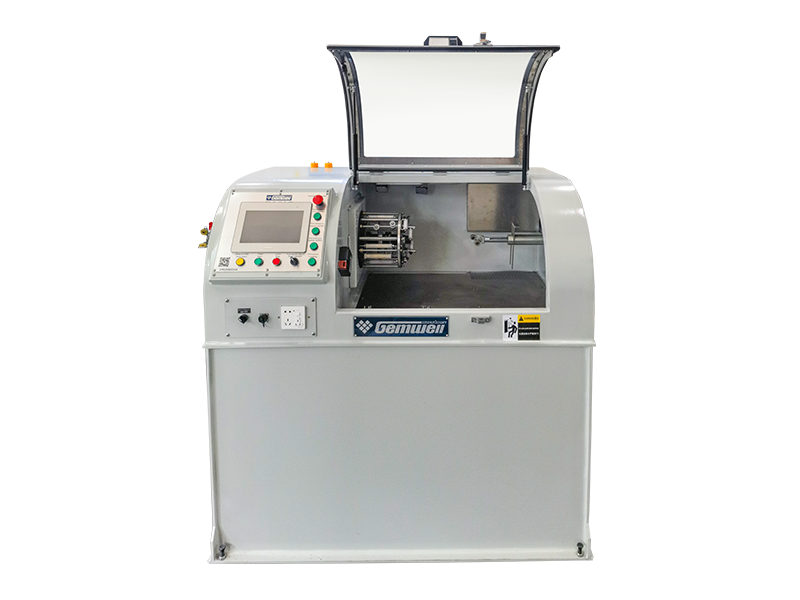



 E-mail: info@gem-cablesolution.com
E-mail: info@gem-cablesolution.com Address: No.8 Yuefeng Rd, High Tech Zone, Dongtai, Jiangsu, China | No.109 Qilin East Rd, Daning, Humen, Dongguan, Guangdong, China.
Address: No.8 Yuefeng Rd, High Tech Zone, Dongtai, Jiangsu, China | No.109 Qilin East Rd, Daning, Humen, Dongguan, Guangdong, China. English
English  English
English русский
русский 日本語
日本語 Español
Español عربى
عربى 中文简体
中文简体



 Related Products
Related Products